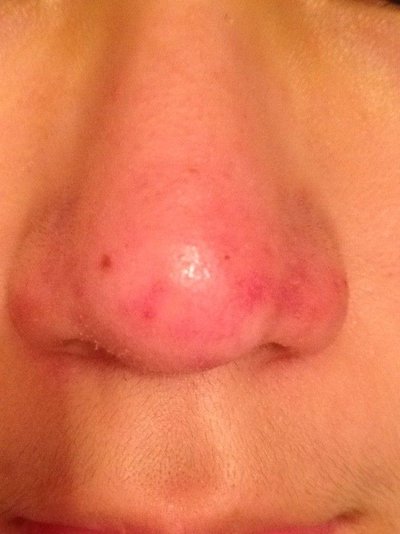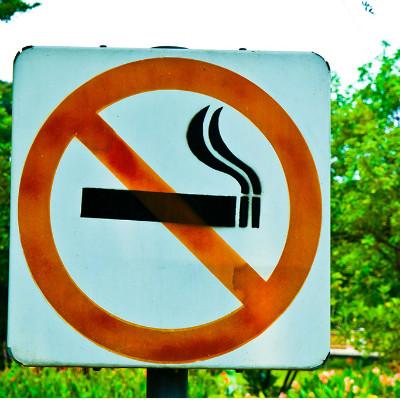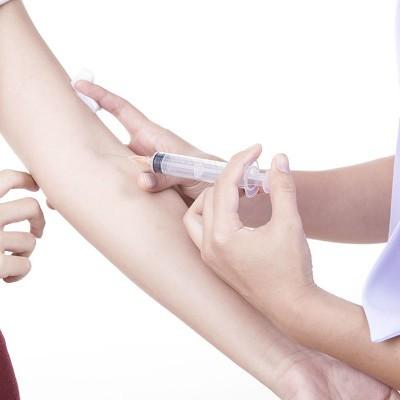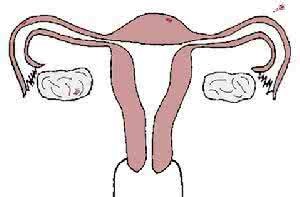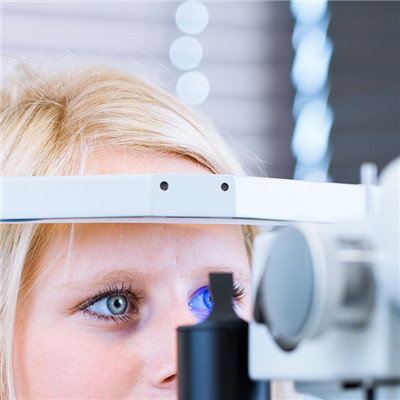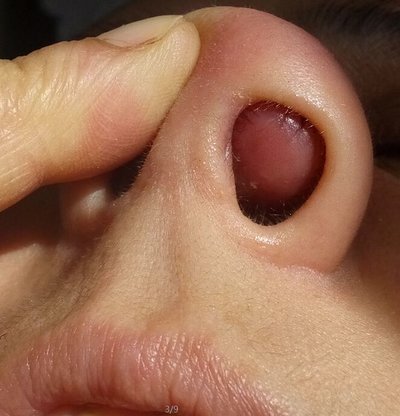Belong to upper respiratory tract infection symptom?
summary
Upper respiratory tract infection is an acute infection that occurs in the upper respiratory tract. It can be located in the nasal cavity, sinuses, pharynx and throat. Upper respiratory tract infections include common cold, influenza, nasopharyngitis, tonsillitis and laryngitis. The main pathogen of infection is virus, and it will be combined with different symptoms, which is more common than respiratory symptoms. Belong to upper respiratory tract infection symptom? Let's talk about it
Belong to upper respiratory tract infection symptom?
The incubation period is 1-3 days, which varies with the virus. Enterovirus is short, adenovirus and respiratory syncytial virus are long. The main manifestations are nasal symptoms, such as sneezing, nasal congestion, runny nose, cough, dry throat, itching or burning sensation, and even postnasal drip. At the same time or a few hours after the onset of symptoms such as sneezing, nasal congestion, runny nose and so on.
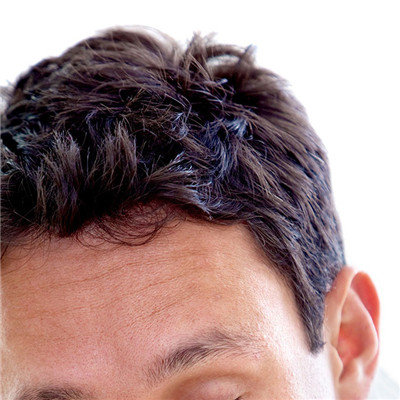
After 2-3 days, the nasal mucus became thick, often accompanied by sore throat, tears, hypoesthesia, dyspnea, hoarseness, etc. Generally no fever and systemic symptoms, or only low fever, discomfort, mild chills, headache. Physical examination showed nasal mucosa congestion, edema, secretions, pharyngeal mild congestion.

Acute viral pharyngitis is caused by rhinovirus, adenovirus, enterovirus and respiratory syncytial virus. The clinical features were itching or burning sensation in the pharynx, cough was rare, and sore throat was not obvious. When swallowing pain, often prompt streptococcus infection. Adenovirus infection may have fever and fatigue. Adenovirus pharyngitis may be accompanied by conjunctivitis. Physical examination showed obvious congestion and edema of pharynx, swelling and tenderness of submandibular lymph nodes.

matters needing attention
Avoid cold, rain and fatigue; Avoid contact with cold patients, avoid dirty hands contact mouth, eyes, nose. Elderly, frail and susceptible people should pay more attention to protection. When upper respiratory tract infection is prevalent, they should wear masks to avoid going in and out of crowded public places. Immunopotentiator can be used in patients with frequent, recurrent disease and low immunity in the elderly.

